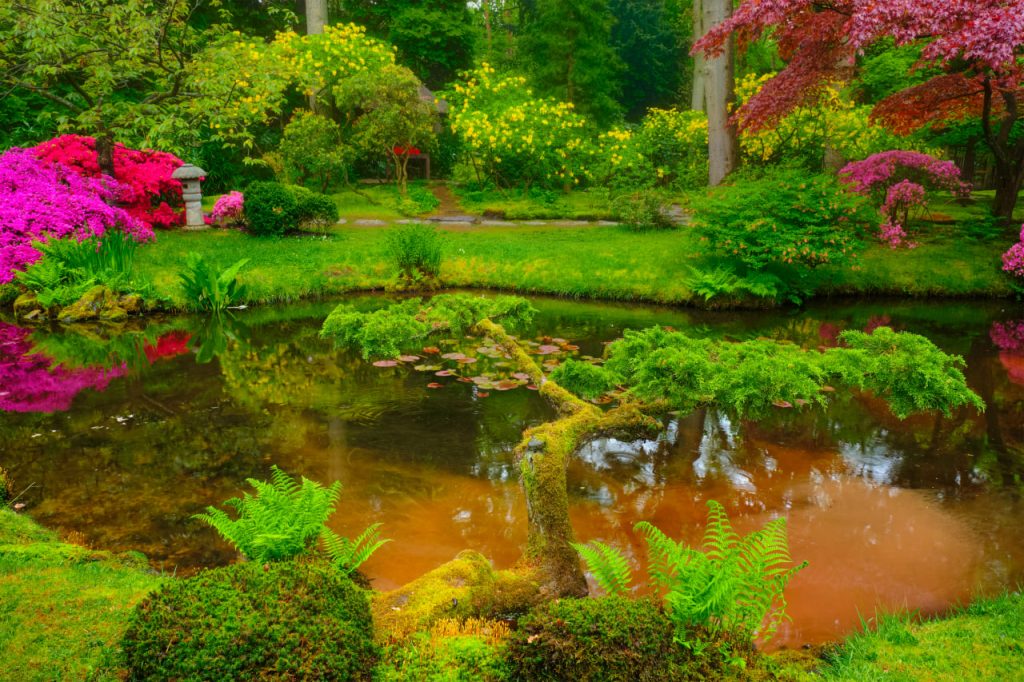When stepping into a traditional garden, symmetry often reigns — rows of identical shrubs, neatly mirrored paths, balance in every corner. But the wabi-sabi garden whispers something different. It values irregularity, asymmetry, and the unexpected beauty that arises from natural, unforced forms.
At the heart of wabi-sabi design is the belief that perfection is not only unnecessary but limiting. A curved branch that leans off-center, a stepping stone that doesn’t align perfectly, or a space left intentionally empty — these choices create openness and room for the imagination to breathe. They invite stillness and contemplation.
Instead of filling every space with color or structure, the wabi-sabi garden uses ma — a Japanese concept meaning “negative space” or “pause.” It is the space between things that gives them meaning. In your garden, this could be the gravel area between two large stones, the gap between plantings, or the unoccupied corner where shadows dance. These open areas are not blank; they are part of the design, allowing everything else to feel more alive and intentional.
Asymmetry in layout is another key principle. A stone path might gently curve around a tree, never repeating its shapes. A water feature may sit slightly off-center, balanced not by mirrors but by surrounding texture and emptiness. This off-balance design mimics nature itself — after all, no two tree branches grow identically, and no river flows in a straight line.
In a wabi-sabi garden, imperfection becomes an offering. A cracked urn, instead of being hidden, becomes a centerpiece. A leaning trellis is supported rather than corrected. This approach invites a shift in perspective: from controlling nature to collaborating with it.
Designing a garden in this way isn’t about being careless — it’s about being conscious. Every “imperfect” element is placed with thought, not to look chaotic but to reflect the quiet unpredictability of the natural world. The result is a garden that feels lived-in, honest, and deeply personal.
When you stop trying to impose control and start listening to what the space wants to become, something magical happens. Your garden becomes more than a decorative feature — it becomes a mirror of life: unpredictable, flawed, spacious, and full of beauty.

